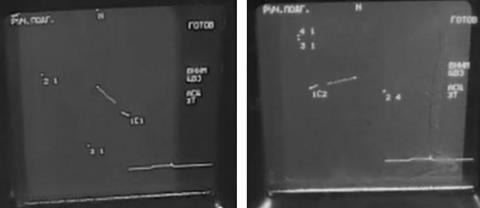Judicial investigators carried out a simulation of the air defence system error which, according to an Iranian inquiry, led to the missile launch that destroyed a Ukraine International Airlines Boeing 737-800 over Tehran.
Two air defence units were placed at the same location as the one involved in the shootdown on 8 January last year, says the Iranian Civil Aviation Organisation.
“All the processes in the military, civil sector, and the co-operation between them were [recreated] just as [they were during] the events occurring on the day of the accident,” it says, using records from the various agencies.
One of the air defence units replicated a misalignment with the north compass point, believed to have occurred during a defence forces repositioning after an Iranian military attack on the Al Assad base in Iraq. The attack took place early on 8 January, a few hours before the 737 was brought down.
The other unit in the simulation corrected the misalignment, and the inquiry examined the way each unit detected, on two occasions, a Boeing 737 flying from Tehran’s Imam Khomeini airport on a similar trajectory to that of the UIA aircraft.
This simulation “indicated that the aircraft flight operation did not play a role in the occurrence of the error made by the air defense unit operator”, says the inquiry.
On both detection occasions the misaligned unit showed the aircraft approaching from the west while the correctly-aligned unit tracked it coming from the direction of the airport.

The investigation team submitted a request to examine the events leading to the missile launch “in order to realise what happened on the military side”, says the inquiry.
“The military sector and the judicial authority responsible… provided the information required to the investigation team accordingly,” it adds.
Investigators found the military unit was not responsible for monitoring targets, but only “obliged to perform the actions planned”, within a command hierarchy, if the command centre assigned a target to it.
This procedure broke down, it says, because after the air defence unit detected a possible target – the 737 – inbound from an unexpected direction, it launched missiles “without receiving a go-ahead or response” from the command centre.
Investigators state that this possibility had “not been predicted” and “not been considered” during the assessment of the risks of misidentification, and the event demonstrates that the consequences of human performance errors can be “serious with a far-reaching consequence”.
Public admission of the shootdown by Iran’s military forces, adds the inquiry, enabled investigators to “focus on the underlying factors” instead of “wasting resources to discover the reality behind the event”. After the admission the Iranian armed forces judiciary was instructed to commence judicial proceedings over the crash.


























